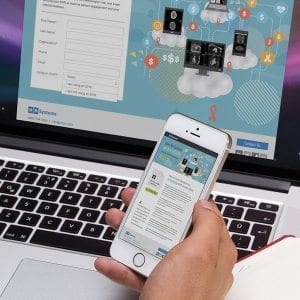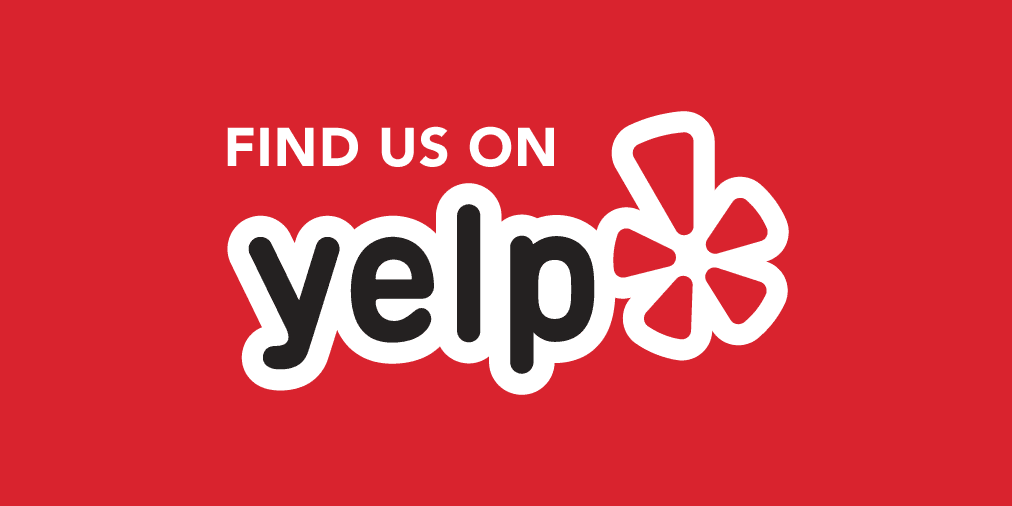
Facebook’s fans have become accustomed to Mark Zuckerberg taking the stage at Facebook’s development conference and blowing minds with new products and huge acquisitions. But at this year’s F8 conference, Mark threw everyone for a loop by announcing….nothing that seemed all that earth shattering. The announcements made include small coding tweaks and developer tools that would make an everyday Facebook user say, “What’s in it for me?” Although the announcements weren’t on-par with Facebook Home, the future tweaks could mean major changes in the way everyone uses their phones, tablets, and computers for apps or the web.
Facebook wants to be the glue that brings together phones and desktops, apps and webpages. By being an impartial party in the Google and Apple war, Facebook can bring unassociated platforms together so the user can seamlessly switch between them. Let’s take a look at the little changes that could mean big changes in the future.
Send to Mobile
An annoyance for many desktop and mobile users is the separation between platforms. Sharing a link between the two requires copying and pasting the link to your email then sending it to yourself so you can access it later. You have to go through the same process for apps. Send to Mobile allows users to text themselves a link to a website or app. The caveat is the Send to Mobile feature only works for apps that use Facebook login information. This feature is great for those who spend a lot of time at their desktop and want content sent to their phone, but does not help those who are in the opposite position.
App Links
All of the apps on your phone (that are not owned by a parent company like Facebook) live their lives completely separated from other apps. Oh, poor lonely apps, don’t worry! Facebook will help you get along with your other app buddies. From the user’s perspective, it is a nuisance to have to input your information into every new app you install. Well, Facebook’s solution to this very real first-world-problem lies in a few lines of free, open-source code. The “deep linking” code can be added to any app for iOS or Android platforms to link apps together so users can seamlessly switch from app to app.
Deep linking acts like web links that transport the user from webpage to webpage. Where in the past, the user would have to exit an app, then re-enter another app, they can now switch back and forth without it seeming like they are exiting any apps. Facebook currently uses deep links within their news feeds to take users straight to a news article within Facebook as opposed to sending them off to webpages outside of Facebook.
The shortsighted view of Facebook’s coding changes may appear underwhelming to the everyday consumer. But, if you think of the potential in deep linking and the sharing capabilities it will provide to users in the future, it could change the entire landscape of how we browse the web today. Imagine a future where all of your apps, web browsers, and games can work together in harmony. Oh, the places we can go!








